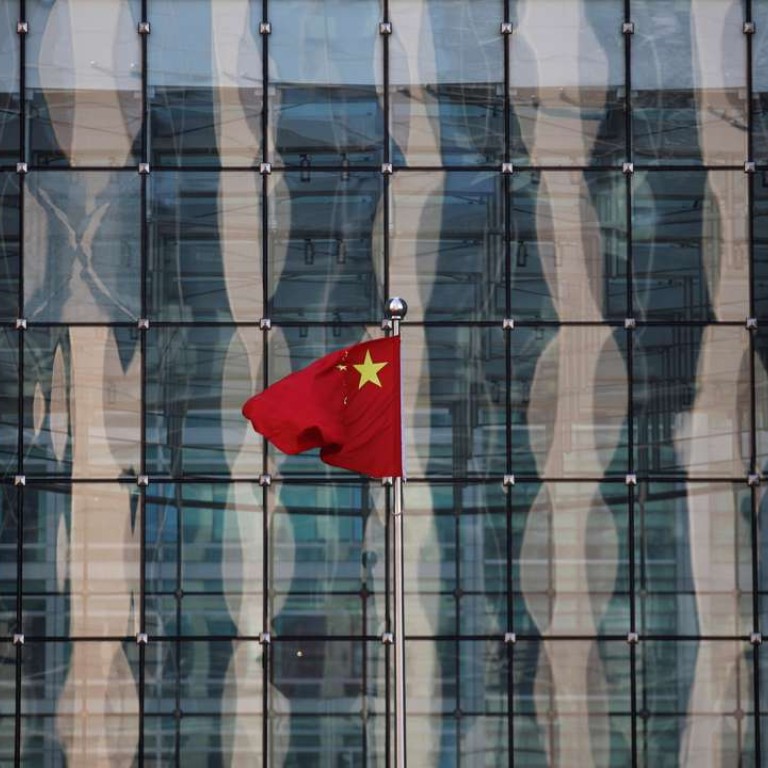
China’s regional banks make progress on resolving bad debt problems
China’s regional banks are more at risk from problems surrounding non performing loans (NPLs) than their larger players and although there are indications that some lenders and local governments are making progress in resolving this, more work still needs to be done, say analysts.
“Many of the city commercial banks have decided that they need to clean themselves up,” says Keith Pogson, EY senior partner, Asia-Pacific financial services.
As well as the benefits of increased stability from injecting capital and reducing the amount of non performing loans on a bank’s books, the opportunity to list offers a further potentially lucrative incentive. “Bank shareholders have worked out that if they put in some money now, they can get a lot out later,” said Pogson.
For example, Bank of Guiyang raised an estimated 4.2 billion yuan in its initial public offering last week, and Bank of Jiangsu raised around 7.24 billion yuan from its IPO at the beginning of August.
According to UBS analyst Jason Bedford, bank recapitalisation and bailouts are already underway.
“Our analysis of 765 banks in China indicates that recapitalisation and bailouts have
started and made unexpected(and under-appreciated) progress,” Bedford wrote in a recent research report.
According to Bedford’s estimates, from 2013 to 2015 the banking sector disposed of 1.65 to 1.8 trillion yuan of impaired loans and raised 620 billion yuan in capital through share capital increases and preference share issuance.
Unfortunately, however, this is not enough. “We estimate as much as 4.5 trillion yuan of bad loans would need to be disposed of as of 2015 year end to bring asset quality down to a manageable level, combined with further capital raising of up to two trillion [yuan],” Bedford said.
There is now a significant market for bad debt in China. As well as the big four asset management companies (AMCs) that were created to purchase bad debts of national banks, most regions have asset management companies focused on debts in their particular area.
“The increase in the number of regional AMCs certainly may benefit regional lenders,” said Thomas Dillenseger, senior director at consultancy Alvarez and Marsal in Hong Kong, who notes that their localised expertise brings with it both advantages and disadvantages.
“Closer connections with local government bodies and financial institutions, local sources of information and better local insights to restructure or dispose of the NPL assets are all competitive advantages for the regional asset management companies,” he said.

EY’s Pogson also said that other investors are showing interest in moving into this space, injecting further liquidity into the market. “There are no bad assets, there are just bad prices, and there is also a lot of cash that is looking for a home,” he said.
There are also wide disparities between the performance of different city commercial banks, and their vulnerabilities.
“If a bank is listed in Hong Kong, and comes from a reasonably wealthy province or city, then it is likely to be okay. If a bank is in a small city where growth has been slowing, and is owned by the municipal government, then it is likely to be in a much more difficult place,” said Pogson.
Banks owned by local governments are closely linked to the performance of their region or province and may be obliged to extend loans to companies that they would not usually deal with on commercial grounds. At a time when companies in traditional manufacturing industries are struggling, this could further increase the number of non performing loans on a bank’s books.
There are also differences between the willingness of different regions, and perhaps ability, to resolve some of the problems.
“The bailouts and recapitalisations are deeply inconsistent, particularly among provinces, and some of the weakest provinces in the rust-belt regions of the north and northeast have the least to show in terms of recapitalisation and reducing bad asset build-ups among local lenders,” wrote Bedford.

